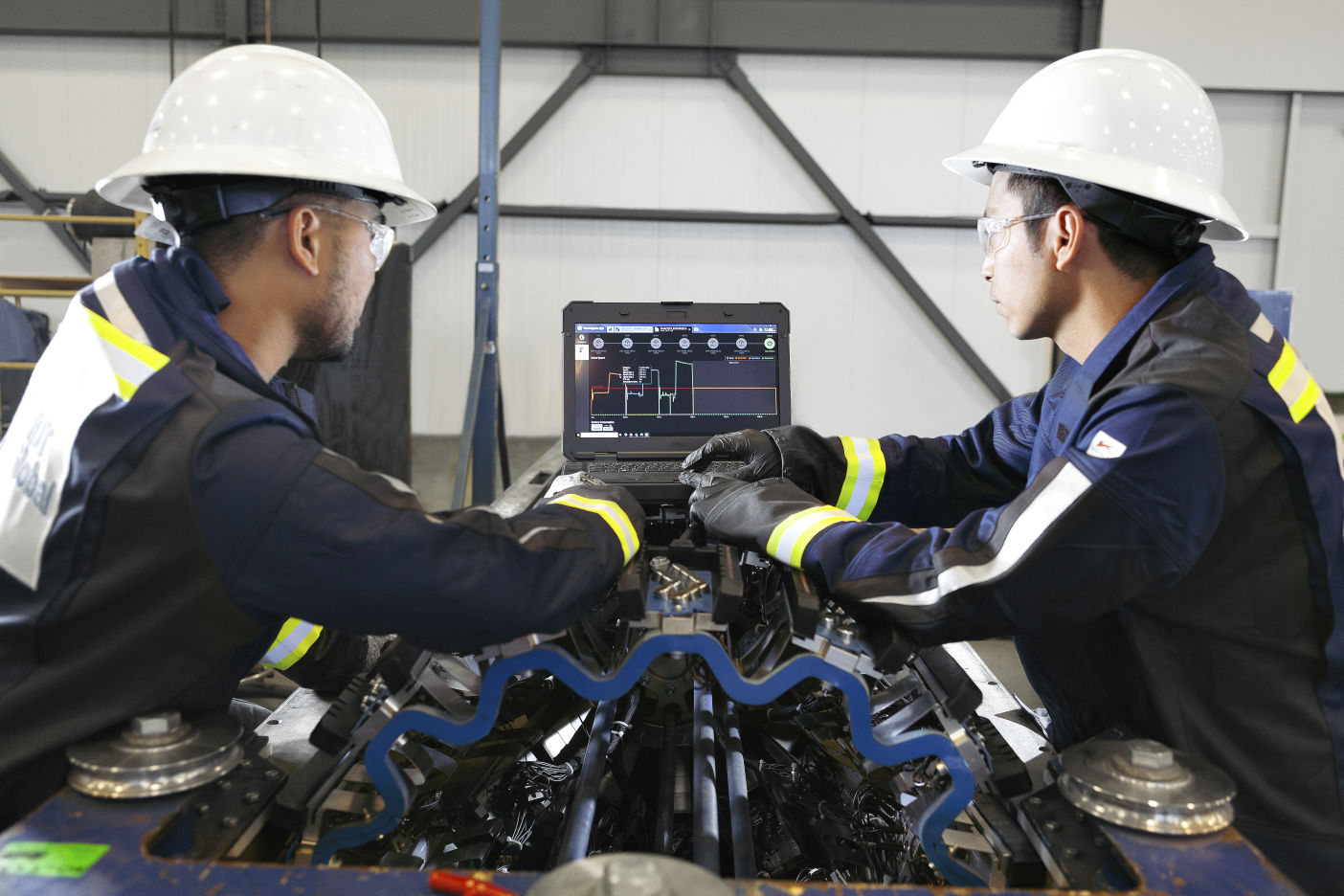Cracks interacting with dents are among the most critical features to identify and remediate, not only for the potential to cause harm to an asset but also because their identification is part of federal regulation in the United States (PHMSA title 49 CFR 192).
This regulation considers dents with any stressThe internal forces and pressures experienced by a pipeline as a result of various factors, including internal and external loads, operating conditions, and env… riser as an immediate threat that requires rapid verificationThe process of confirming or verifying that an inline inspection (ILI) meets specific requirements, standards, or expectations. It involves assessing and evalua… and remediationThe appropriate actions taken to address or rectify issues, deficiencies, or anomalies identified in a pipeline system. It involves implementing corrective acti….
Several factors contribute to the rigor applied to Cracks in Dents Diagnosis. The dentA local change in pipe surface contour caused by an external force such as mechanical impact or rock impingement but is not accompanied by loss of metal. by itself causes a stressThe internal forces and pressures experienced by a pipeline as a result of various factors, including internal and external loads, operating conditions, and env… concentrator, adding to the internal pressure cycling which, in turn, causes the asset to fatigueThe process where cracks develop and propagate in a material under cyclic loading or repeated stress over time. It is a type of fatigue failure that occurs when…. Unchecked, the area around this fatigue becomes fertile ground for new crackA fracture or discontinuity in the wall of a pipeline, where the material is separated or broken, potentially compromising the integrity and safety of the pipel… growth. Making the problem even more complex, the detectability of crack-in-dent features is correlated to their placement within a pipeline and is also contingent on whether the dent is restrained or unrestrained. If cracks, grooves, or gouges interact with these dents, they can pose an immediate threat to pipeline integrityThe capability of a pipeline to perform its intended function safely and reliably throughout its life. It includes a range of factors, including the structural ….



